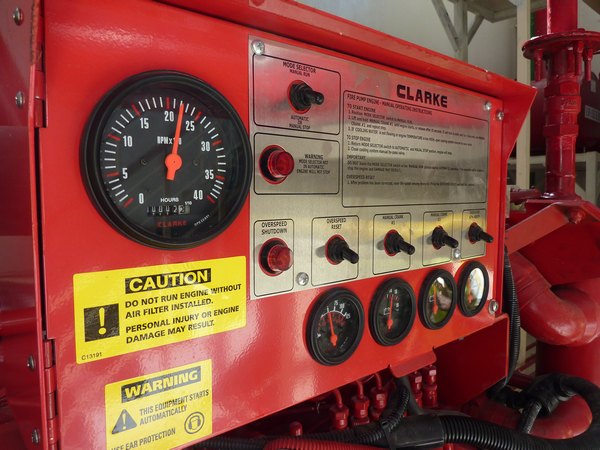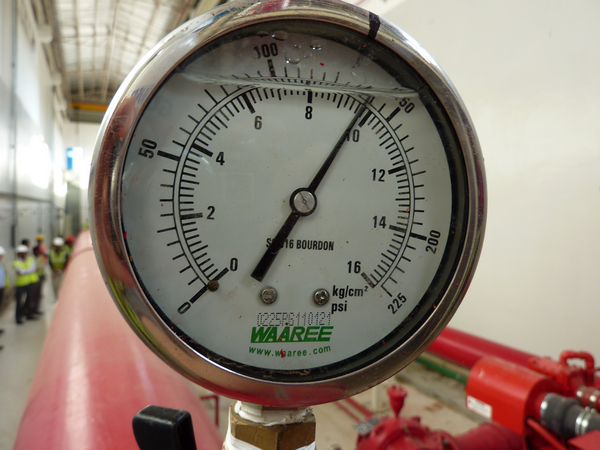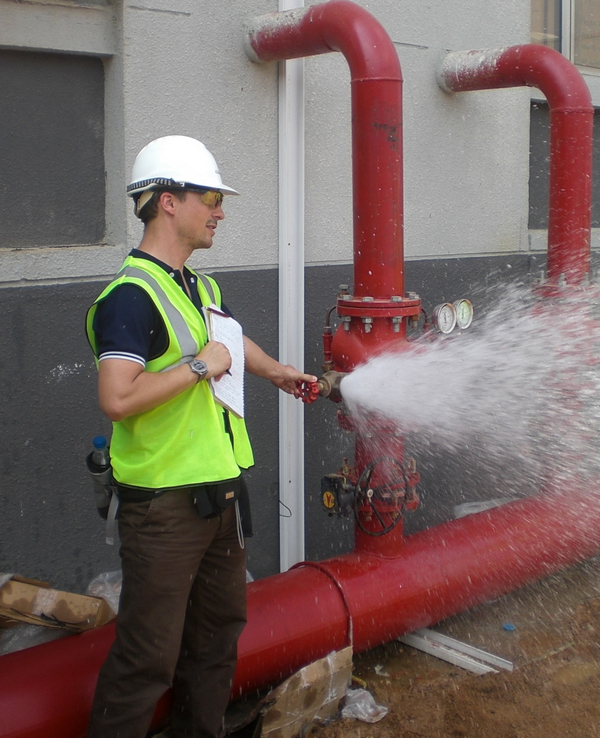

② Basic Inspection and Testing
Once fire protection systems are installed, they need to be regularly inspected, tested and maintained. ALPS can provide:
- Tailor made fire protection installation inspection training
- Basic inspection and testing training for safety officers and technicians at industrial facilities
- Inspection and testing training of various fire protection systems and their dedicated fire alarm installations
- Explanations of the main applicable codes (e.g. NFPA 25) and their interpretation
- Understanding of responsibilities with respect to these codes
- Execution of basic tests like “inspector connection test”

③ Full Inspection, Testing & Maintenance
ALPS can provide training that goes beyond basic inspection and testing for fire protection installations:
- Explanations on “higher” requirements regarding inspection, testing and maintenance of system by applicable codes (namely NFPA 25)
- Execution of “higher” requirement tests like “2 inch drain tests” and reason for the test
- Execution for weekly pump tests and proper procedure
- Execution for pump performance or acceptance flow tests
- Execution of a hydrant test based analysis of a water supply system (including pitot reading)
- Explanation for necessary procedures for valve inspection and supervision including impairment procedure

① Design & Installation
ALPS risk engineers have extensive experience in fire protection systems choices, designs and installation issues and collaboration with designers and installation contractors.
ALPS can therefore train “designers and installers” of fire protection systems respectively with: